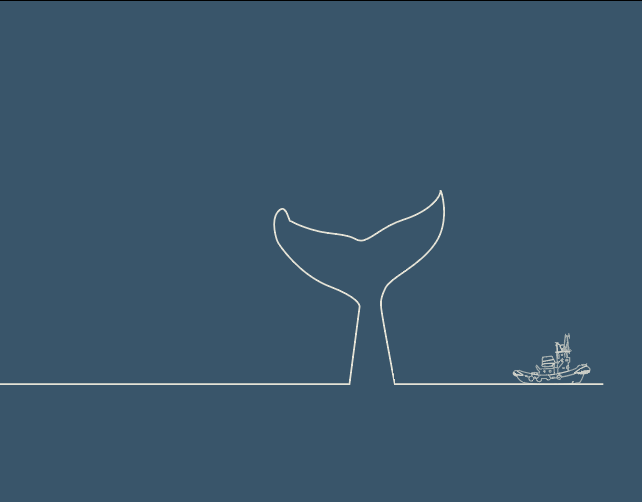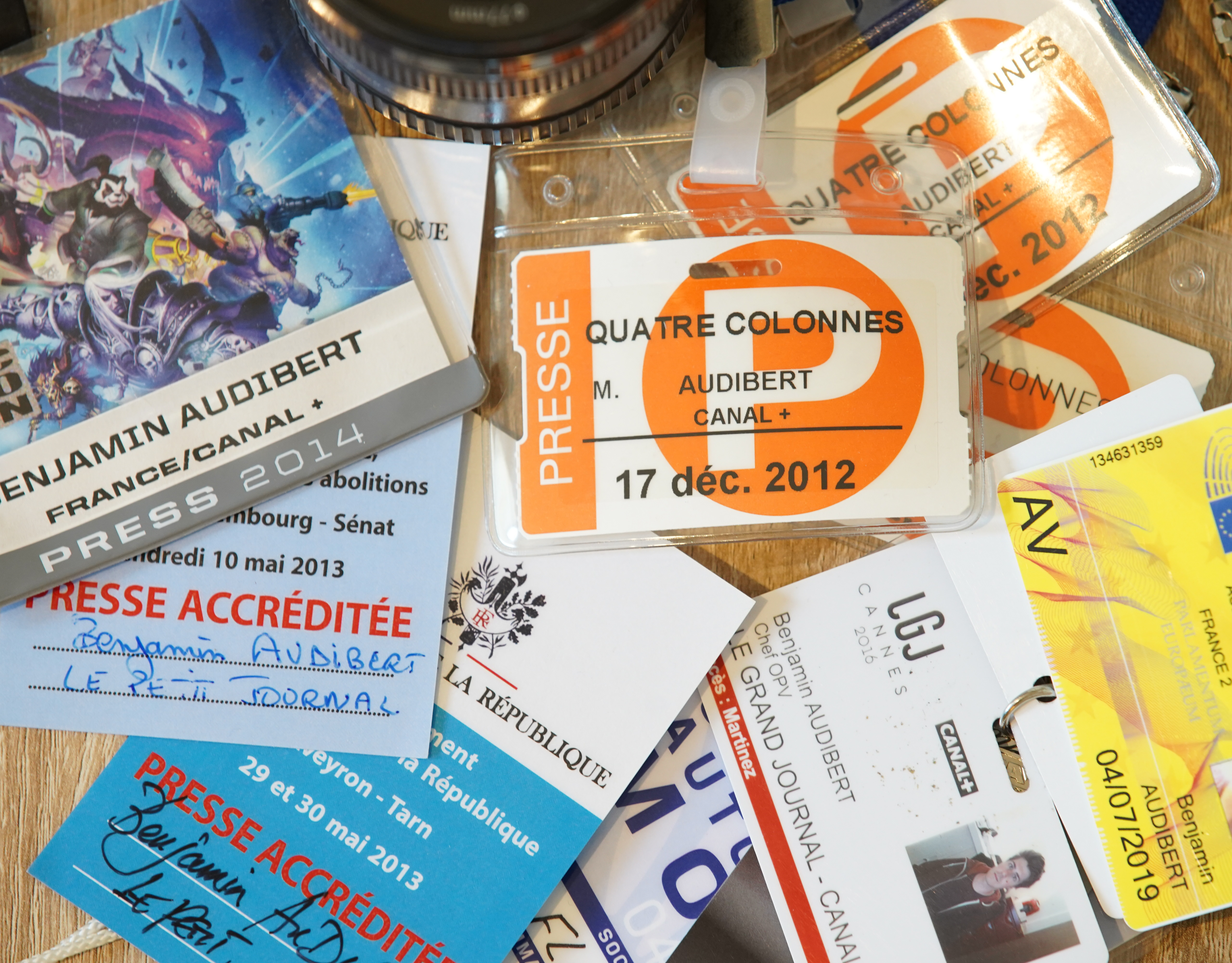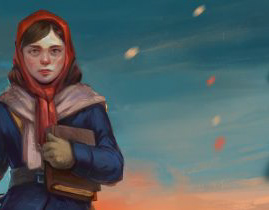To complete my Game design Master's degree, I worked on a Master's thesis about how can world-building help a new IP to last longer. A long research work made with the help of designers and producers from Bandai/Namco, Tarsier studio, Ubisoft... Feel free to contact me for more details.
Abstract
How can world building help an IP to stay relevant in time? This work starts with a state of the art. I have first tried to understand what is an IP and more specifically, why is it important to own IPs in the actual market for studios and publishers. This took me to learn more about transmedia and transmedia narrative, that concept that tells different stories into the same universe but on different media. This in order to offer a more relevant experience to long time audiences, and at the same time, attract new audiences with different stories, different media. Mastering transmedia narrative is a tool to keep an IP alive and relevant. Owning an IP means controlling its path and keeping a powerful source of ideas and income (Microsoft buying Bethesda, Disney buying Marvel...).
Then, I learnt more about world building, how it is done and why, to finally try to understand what is the best way to create a fictional world that will stay relevant for fans in the long term.
Then, I learnt more about world building, how it is done and why, to finally try to understand what is the best way to create a fictional world that will stay relevant for fans in the long term.
Audiences have two antagonist expectations in storytelling. They want new and old elements, wrapped together with a pinch of mystery. To keep the balance, designers must set up certain rules when creating a world. First, it has to be done so future stories taking place in this world will stay relevant. Too many sequels tell the story of a similar character repeating the same actions over and over. Future authors need a solid base to establish new constructions within an IP. But, secondly, these bases must also allow the audience to craft and imagine the world with their own eyes. A good story is universal and so does a good world. If the audience can appropriate the world, extend it, reshape it, this will create a feeling of community, bound by the desire to know and develop this fictional world that echoes their values. Therefore, the world can survive outside of its canonical episodes. This is why Star Wars is still alive 44 years after the first episode or why the 55-year-old show Star Trek still has a solid fan base. Fan communities are essential, this is why they must be given narrative tools to create their own stories. These tools come from the rules set up by world builders to make their universe consistent and believable. But these rules must give space to become tools of freedom for their users.
Tools, combined with identifiable and recurrent elements can offer audiences what they want, new narrative elements mixed with old lovable elements. And with the right amount of information, the mysteries of a fictional world will keep the public involved.
This is how world-building can become an essential tool to keep an IP alive and appealing.
Table of contents
I. INTRODUCTION
- Personal motivation for this theme -
II. STATE OF THE ART
II. A.THE INTELLECTUAL PROPERTY
- What is an IP? -
- Transmedia -
- You don’t read a book as you play a game… -
- Why is it important to own an IP? -
II. B. WORLDBUILDING
- What is it? -
- World building VS Storytelling -
- World building and gameplay -
- One language to build them all -
- The last of us: From killing ants to eradicating humanity-
III. IP AND WORLD BUILDING, WHY DO THEY GO TOGETHER?
III. A. CREATE AN “OPEN” WORLD FOR…
III. A.1. ...YOURSELF AND FUTURE DESIGNERS
- The “holy” Lore Bible -
- Signature elements -
- Triforce, sword and chicken: Zelda’s signature elements -
- Having a good coffee of signature elements -
- Signature elements & characters -
- Different ways to sign an IP -
- High concept pitch = High signature potential -
- Something old / Something new -
III. A.2. ...FANS
- Cosplay, dress for the character you are -
- Fan-fiction: Thousands sequels to your IP -
- Leave out the keys to you world -
- Power to the fans -
- A place for authors -
III. B. FROM RULES TO TOOLS FOR…
III. B. 1. ENDLESS CHARACTERS
- 4 houses and endless characters -
III. B. 2. ENDLESS WORLDS
- Holes -
- Minding the gap, let your brain do the job -
- Fan-theories and mystery-boxes -
- Zooming out and connecting universes -
- Both right and wrong: The Schrödinger’s fans -
- When science killed Star-Wars -
- Emergent narrative & procedural narrative -
III. C. REWARDING THE PUBLIC
- Specific Knowledge & Easter eggs -
- Self-determination theory -
IV. CONCLUSION









